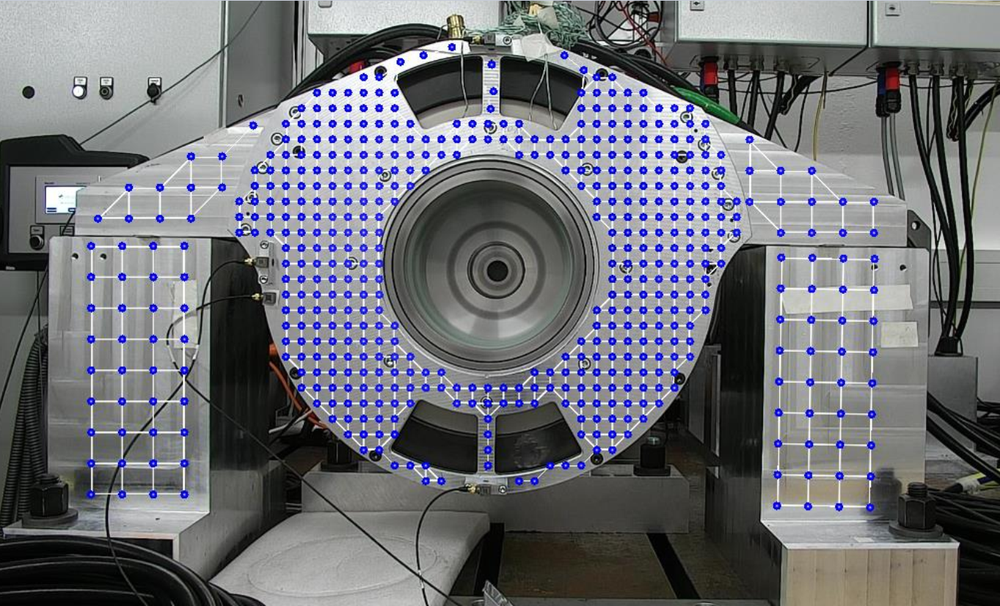Electric motor test bench (Ilmenau)
Fields of application | |
|---|---|
Power and efficiency measurement of electrical machines | |
Thermal measurement | |
Technical data | |
Maximum drive power | 400 kW |
Maximum speed | 8,000 rpm |
Maximum torque | 3,000 Nm |
Shaft connection | Taper bush |
Available components | |
Inverter | CAN, RS422 |
Input voltage | 0-850 V |
Power | 160 kW / 320 kW |
Output voltage | 560 V AC |
Output current | 270 A Eff |
Rotary encoder | Endat compatible |
DC-Source | |
Power | 120 kW |
Current | 720 A |
Voltage | 0 – 1000 V |
Cooling water temperature control | 90 kW cooling capacity / 6 kW heating capacity |
Flow rate | up to 60 l/min |
Pressure | up to 3.8 bar |
Temperature range | 20-90 degrees |
Auxiliary voltage | 5, 12, 24, 48 and 72 V |
Measurement technology | HBM GEN7ta (CAN-Recording, 6 Phases) |
Sampling rate | 2 MS/s |
Software | Perception |
Sensors | LEM-Transducer IN500 (500Aac rms) |
Torque | Kistler 3kNm and Kistler 100N |
Temperature | Type K thermocouples |
Fields of application | |
|---|---|
Vibration measurement | |
Harmonics of mechanical excitation | |
Harmonics of electromagnetic excitation | |
Evaluation of mechanical noise sources | |
Modal analysis | |
Polytec PSV Qtec Scanning Vibrometer | |
Frequency range | up to 20 kHz |
Resolution | 24 bit |
Speed measuring range | 25mm/s to 12,5 m/s |
Scan angle H x V | 50° x 40° |
Shortest measuring distance | 125 mm |
Accessories | Modal hammer, reference sensor |
Accelerometer HBK 4528-B-001 | |
Quantity | 4 units (can be used simultaneously) |
Frequency range X, Y | 0,3 Hz to 10 kHz |
Frequency range Z | 0,3 Hz to 12,8 kHz |
max. acceleration | 700 m/s² (71g) |
Operating temperature | -60 to +165 °C |
Evaluation software | |
BK Connect |


